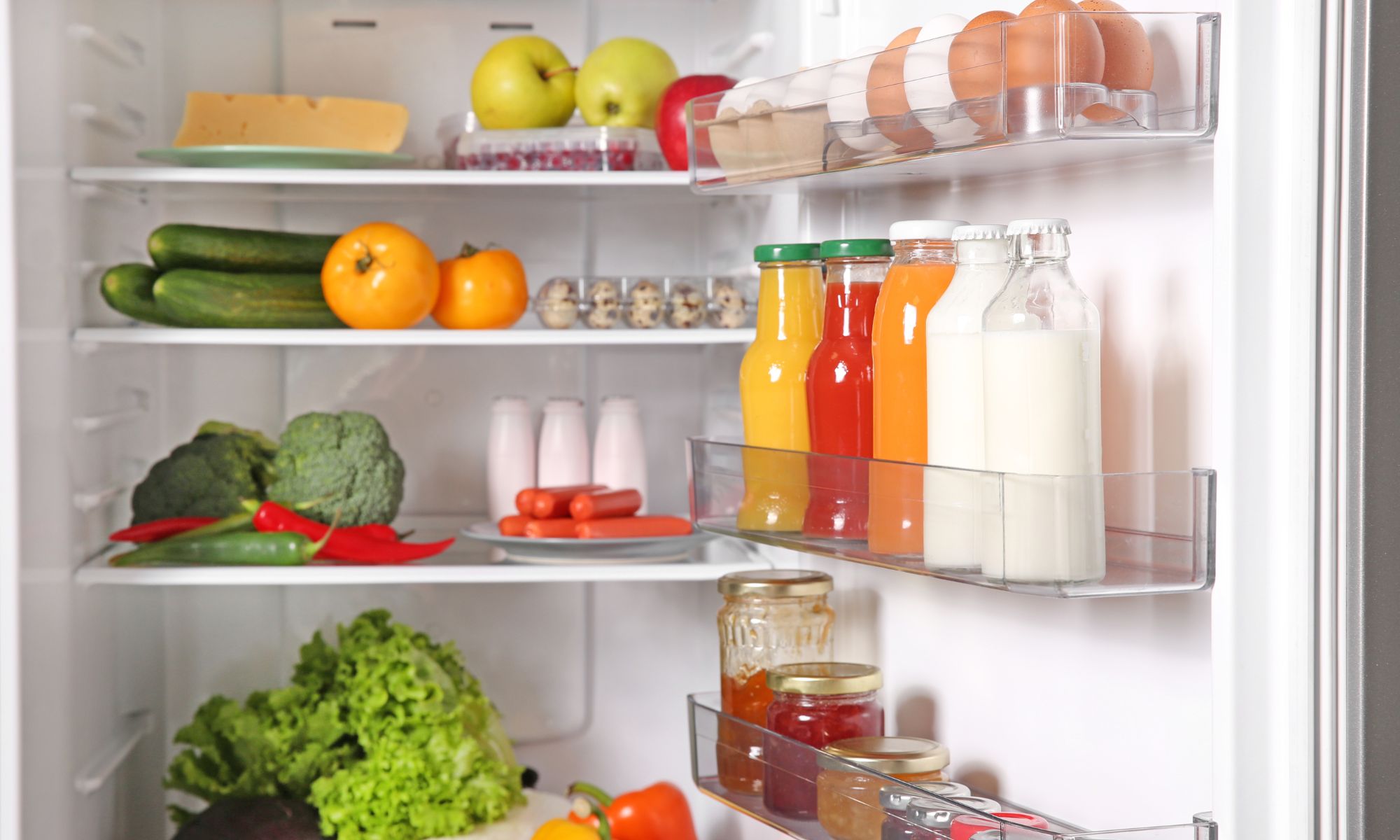Healthy Kitchen Resolutions
Take Hazards Off the Menu
Published on February 1st, 2023

People frequently resolve to eat healthier by replacing processed food high in salt, sugar and saturated fat with fruits and vegetables. That is a wise choice and a great start, but what about the other kitchen habits that endanger health?
A study conducted by NSF International, an independent public health organization, found that more than 50% of coffee makers they tested contained yeast and mold and some were contaminated with potentially deadly salmonella and E. coli bacteria (Rodriguez 2020).
Lisa Yakas, senior manager of Consumer Products at NSF International, points to the water reservoir as one of the dirtiest parts of the coffee maker—if not the entire kitchen. She recommends users empty the reservoir and leave the lid off so it can dry out after each use. Toss out the used pod or filter immediately after making coffee. Every few months, brew a 50/50 solution of white vinegar and water to flush out contaminants and reduce mineral scale build-up.
Germs in kitchens can also be brought in from grocery stores. Many hands touch shopping carts and produce, and moist refrigerator shelves are coated in germs. Health Canada recommends that people wash their hands then clean produce and wash off the bottoms of any refrigerated items. Reusable grocery bags should also be washed regularly.
Meat and dairy are responsible for some of the most serious food borne illnesses. In fact, 1 in 8 Canadians get sick each year from contaminated food and there are more than 11,500 hospitalizations and 240 deaths due to food-related illnesses each year (Government of Canada 2016).
Meat, fish, eggs, and dairy should be refrigerated as soon as they are brought home. Health Canada recommends that refrigerators be set to 4 °C (40 °F) or lower and freezers at -18 °C (0 °F) or lower to slow the growth of microorganisms. Keep meat, fish and cheese sealed to prevent cross contamination with other foods. This can even happen through the air; for example, mold on cheese produces spores that become airborne and can land on other surfaces.
Freezing food at normal home refrigeration temperatures does not kill harmful organisms. At the other end of the spectrum, some organisms can survive up to four minutes in boiling water. To avoid the overgrowth of contaminants, Health Canada advises consuming foods within reasonable timeframes. For example, depending on the best before date on the package, chicken breasts can last two to three days in the refrigerator or up to six months in the freezer. It may be healthiest to buy smaller quantities, or a limited selection of groceries, then use them up quickly (this also reduces food waste and saves money).
Each wipe of countertops with a sponge or cloth can spread germs. Because bacteria proliferate in moist environments, Health Canada recommends people change dishcloths each day and not use sponges (Health Canada 2021). If that is not possible, hang dishcloths to dry after each use and soak sponges in a sealed container with a solution of water and bleach once each week.
Just as bacteria on food and countertops is invisible to the naked eye, so are the fine particles that are released into the air when heating pots and pans on stovetops. Always turn on the oven hood fan for ventilation during cooking. Preparing food inside of an oven or toaster oven releases fewer airborne fine particulates compared to stovetop cooking.
What is the safest form of stovetop cooking? Induction stoves and electric stoves are preferable to gas. Gas stoves emit air pollutants such as nitrogen dioxide, carbon monoxide and fine particulate matter at levels the Environmental Protection Agency and World Health Organization say are unsafe and linked to respiratory disease, heart issues, cancer, and other medical problems, according to reports by groups such as the Institute for Policy Integrity and the American Chemical Society (Alund 2023).
Peer-reviewed research published in December 2022 in the International Journal of Environmental Research and Public Health also found more than 12% of childhood asthma cases in the U.S. can be attributed to the use of a gas stove. If it is not possible to replace a gas stove with a safer option, ventilation can help.
Healthy eating involves more than good food choices; it is important to adopt safe food storage and preparation habits.
Sources:
Government of Canada. Last updated July 2016. “Food-related illnesses, hospitalizations and deaths in Canada.” https://www.canada.ca/en/public-health/services/publications/food-nutrition/infographic-food-related-illnesses-hospitalizations-deaths-in-canada.html.
Health Canada. Last modified July 2021. “Safe Food Storage.” https://www.canada.ca/en/health-canada/services/general-food-safety-tips/safe-food-storage.html.
Alund, N. 2023. “Federal agency is considering a ban on gas stoves in the US, report says: 'Hidden hazard'.” USA TODAY. https://www.usatoday.com/story/money/2023/01/10/gas-stove-ban-us/11022254002.
Rodriguez, A. 2020. “Most coffee makers are crawling with germs and growing mold, experts say. Here's why.” USA TODAY. https://www.usatoday.com/story/news/health/2020/01/16/keurig-nespresso-mr-coffee-how-properly-clean-your-coffee-maker/4465580002.
Powered by Froala Editor